How to grow Gillenia
A robust and radiant herbaceous perennial which is native to the United States of America and Canada. Plants grow as ground covering clumps of loose, informal, red branching stems which look sensational planted ‘en masse’ at the edge of woodland or in a shady nook.
Leaves are divided into three narrow toothed lobes and foliage is green or bronze-green, dependent upon variety, sometimes shifting to shades of gold, green and red in autumn. The stems are upright and bear white or pink star-shaped flowers with elongated, narrow, almost stalkless petals borne in loose panicles. As the flowers fade red calyxes are retained for extended interest. Flowers are excellent for cutting to add to a vase or bouquet – adding lightness and colour from May to July each year. The dried and powdered root was used by Native Americans as a laxative and emetic, hence the common names above.
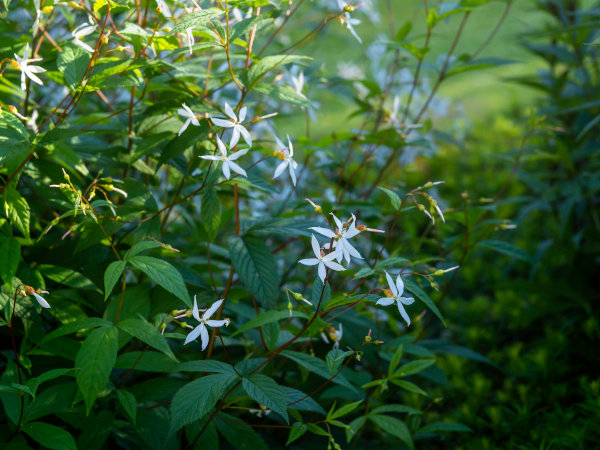
Zantedeschia is a genus of flowering plants from the family Araceae and is native to southern Africa. With a rich history dating back to the Ancient Romans, these deciduous or semi-evergreen perennials have been used as a symbol of celebration. Zantedeschia was Named after Professor Giovanni Zantedeschia, an Italian botanist.
There are two main forms of Zantedeschia: hardy and tender. Hardy forms of the plant can be grown outdoors, enjoy moist soil and full sun or partially shaded conditions - these are known as Arum lilies. Tender forms of Zantedeschia prefer being grown in containers or pots and should be brought inside over the winter - these are known as Calla lilies.
With tuberous flora in all colours from whites, yellows and oranges to deep reds and purples, Zantedeschias are not to be overlooked in any garden, as long as they have sufficient sunlight to grow in.
Ready to learn more about growing Zantedeschia? Read on for all there is to know...

Key Information
Soil pH
Position
Hardiness

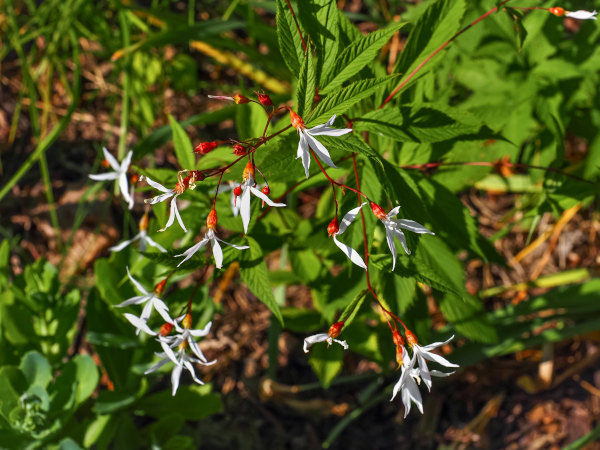
Where & when to plant Gillenia
Position - Sun or shade in a sheltered spot
Soil - Moist, well-drained soil of any kind except chalk based. Prefers a neutral to acidic pH.
Flowering Period - Late spring to summer
Hardiness - Fully hardy herbaceous perennial. H7 (-20°C and below)
Gillenia is a rhizomatous, fully hardy perennial which likes a spot in sun or shade, dependent upon variety, and should be planted in moist, well-drained soil of any type except chalk based. Choose a neutral to acidic soil of any aspect with a degree of shelter from harsh winds.
Gillenia is best planted in spring or autumn, although it is fine planted in summer as long as you are prepared to check moisture levels and water regularly whilst the plants establish themselves.
Locate in partial shade where plants benefit from moist, well-drained slightly acidic soil for best results. Plants may tolerate more sun if not exposed during the hottest part of the day, usually 11.00 to 15.00. Plants may need staking.
How to plant Gillenia
- Dig the soil area removing any large stones and weeds and breaking up any lumps. It’s a good idea to mix in some organic matter such as manure or garden compost at this stage, particularly if you have poor or heavy soil.
- Rake level and firm with your heels. Rake level again.
- Water plants well and allow to drain before planting.
- A good tip is to dig a hole twice the size of the root-ball. Fill with water and allow to drain before placing in the plant.
- Place the plant in the hole, ensuring the top of the root ball sits level with the surface of the soil. Too low and the plant may rot, too high and the roots can dry out.
- Backfill with soil and firm in gently with your foot.
- Soak well with water.
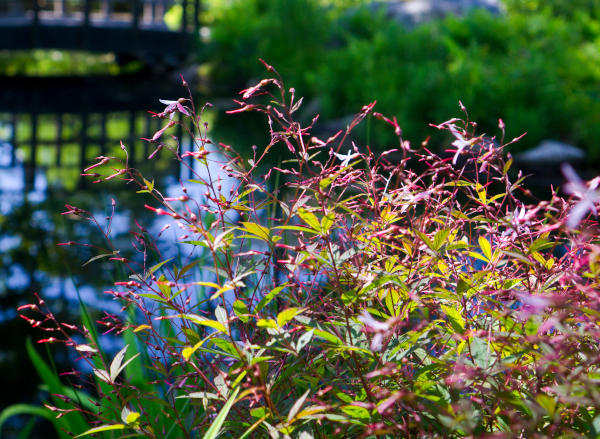
What to plant with Gillenia
As a lover of dappled shade Gillenia looks wonderful as a carpet of foliage and flowers with foliage plants such as hosta or ferns. Also grows well with spring flowering epimedium and brunnera.
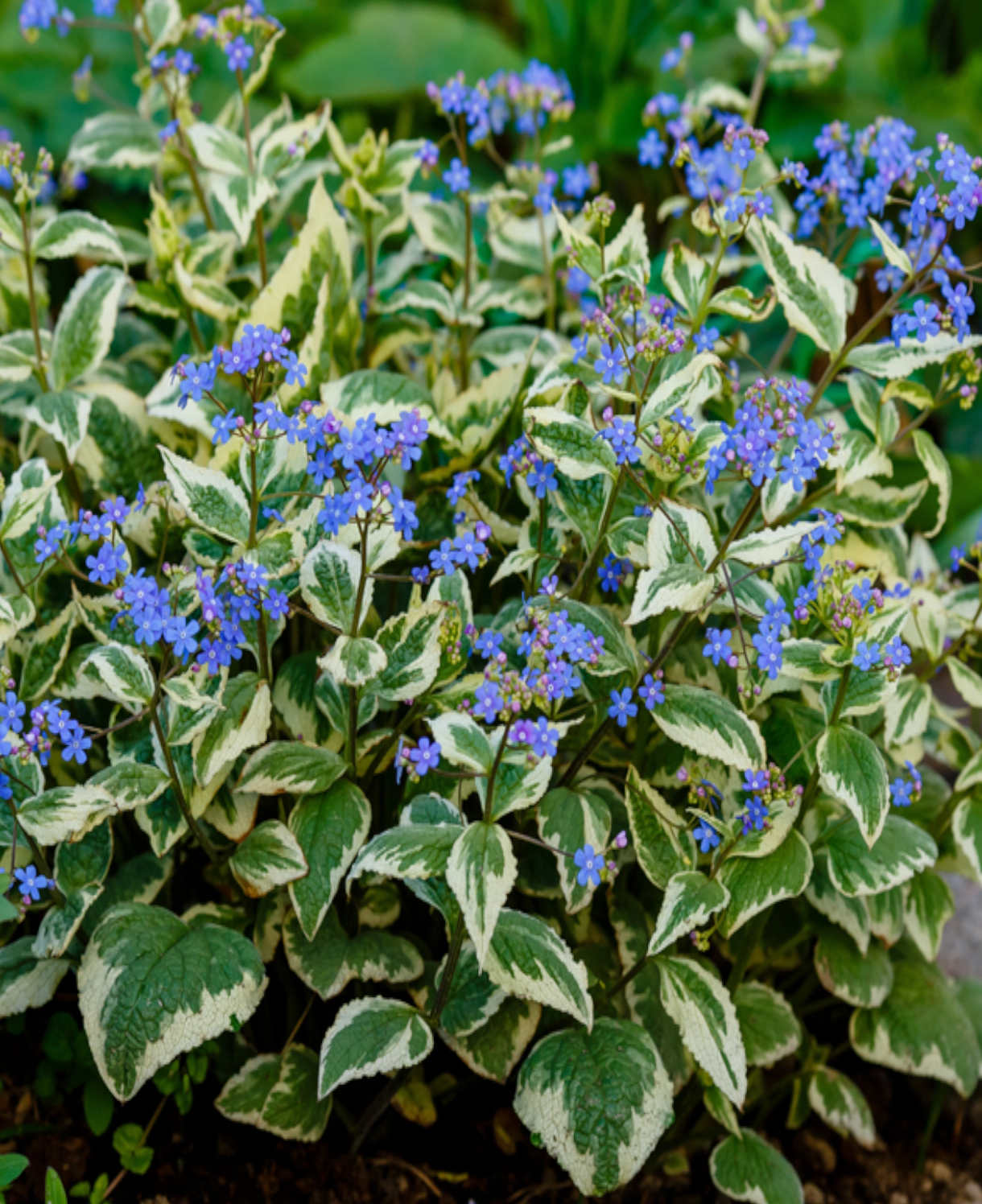
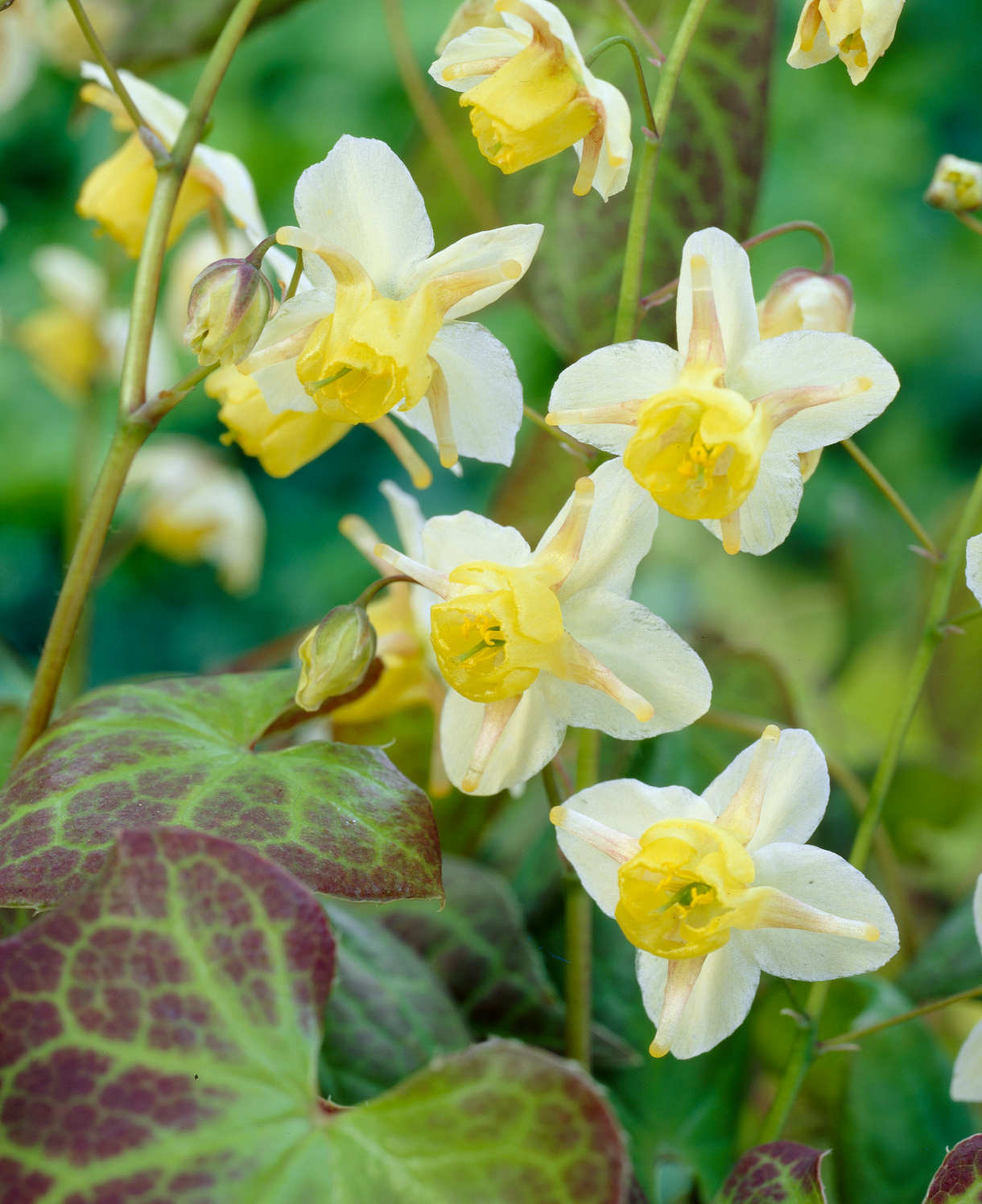
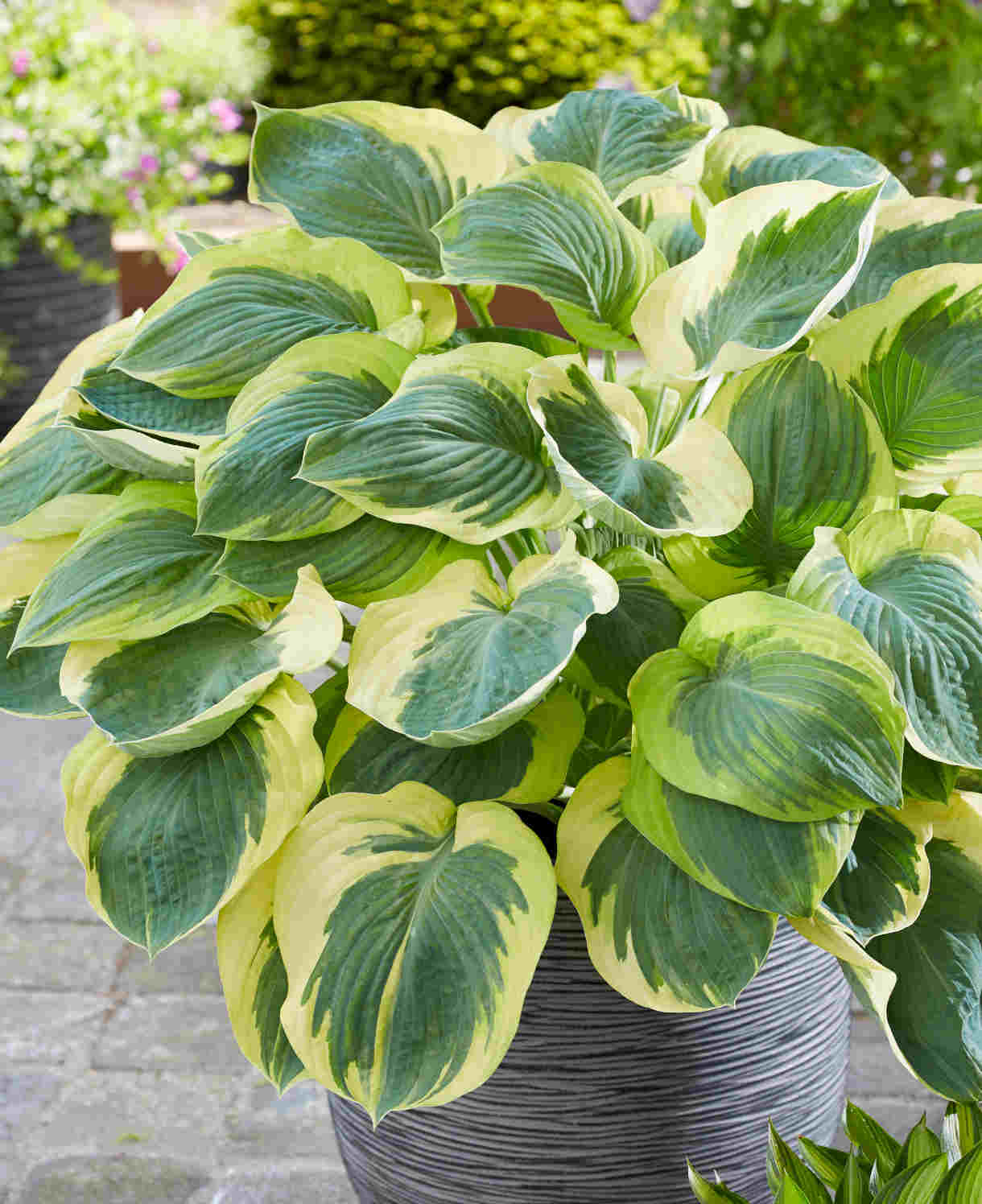
How to care for Gillenia
Pruning and Deadheading
No pruning or deadheading required. Plants will naturally die back in late autumn so, if desired, tidy away spent foliage.
Watering
Keep an eye on moisture levels whilst plants are establishing and water as needed. Also pay particular attention during long spells of drought.
Cold Protection
Gillenia is fully hardy and able to withstand even a very cold UK winter without the need for additional protection.
Pests and Diseases
Considered trouble free and unsusceptible to disease. Not likely to be troubled by slugs, snails, deer, and rabbits.
How to propagate Gillenia
Propagate by seed in pots over winter – simply pot up and place in a cold frame.
Alternatively, plants can be divided in spring or autumn. Choose a day when the soil is not frozen or waterlogged. Dig the plant out of the ground and shake off any excess soil. Separate the plant into sections and discard any old, damaged, or surplus pieces, keeping only healthy, vigorous material. Replant decent-sized pieces where desired or pot up to establish and used later. Water well until fully established.
* Many plants carry Plant Breeders Rights and cannot be propagated for commercial purposes.
Common Gillenia questions
Does Gillenia spread?
Yes, plants will naturalise in the right conditions spreading their rhizomes under the soil to create new plants.
What style of planting suits Gillenia?
Ideal for cottage and informal gardens, city and courtyard gardens flower borders and cut flower gardens.





